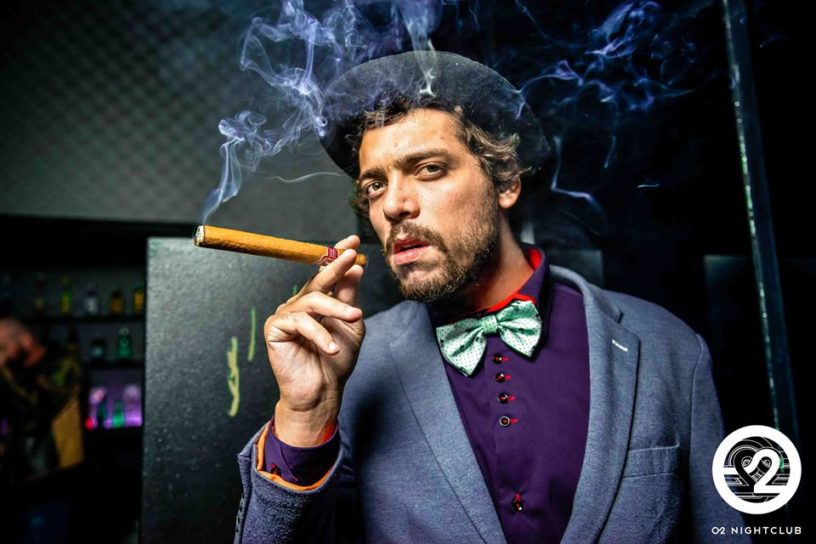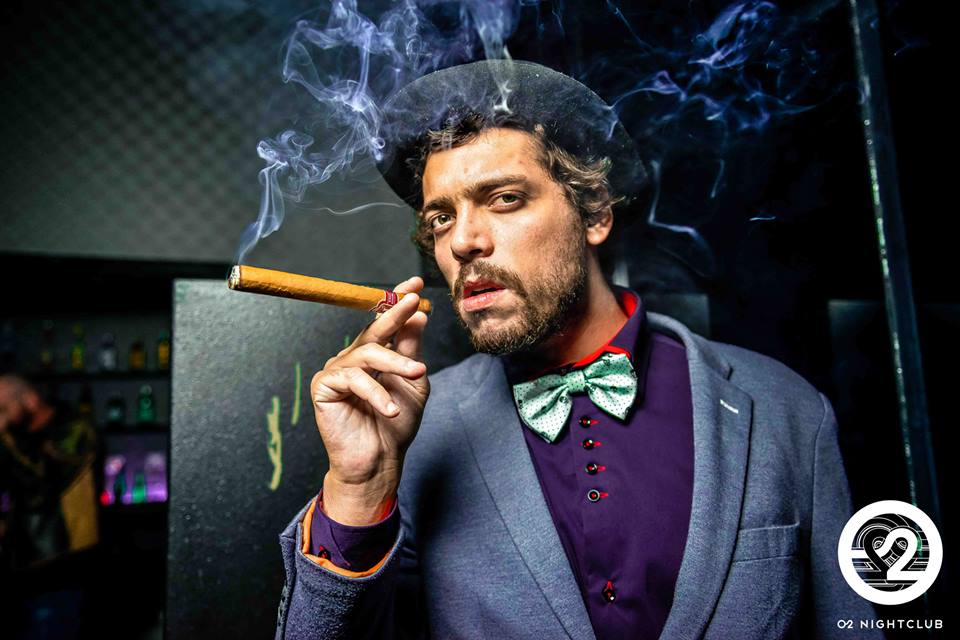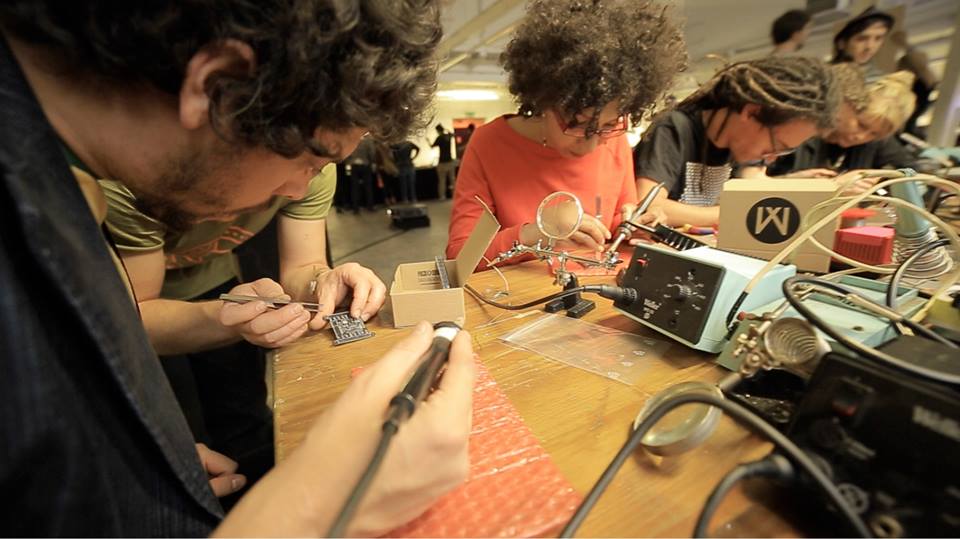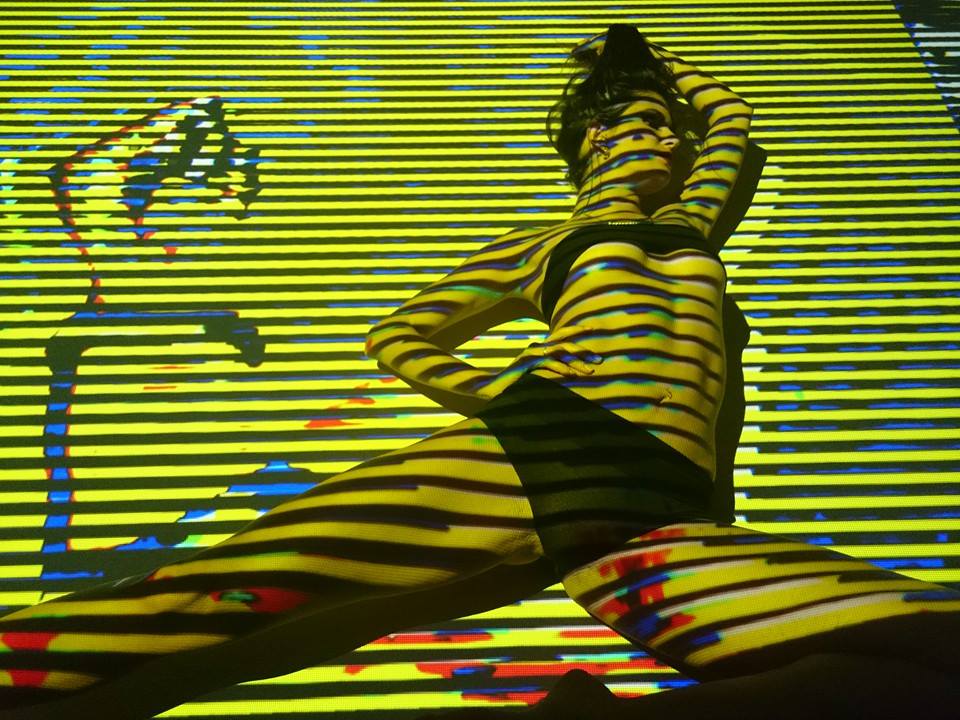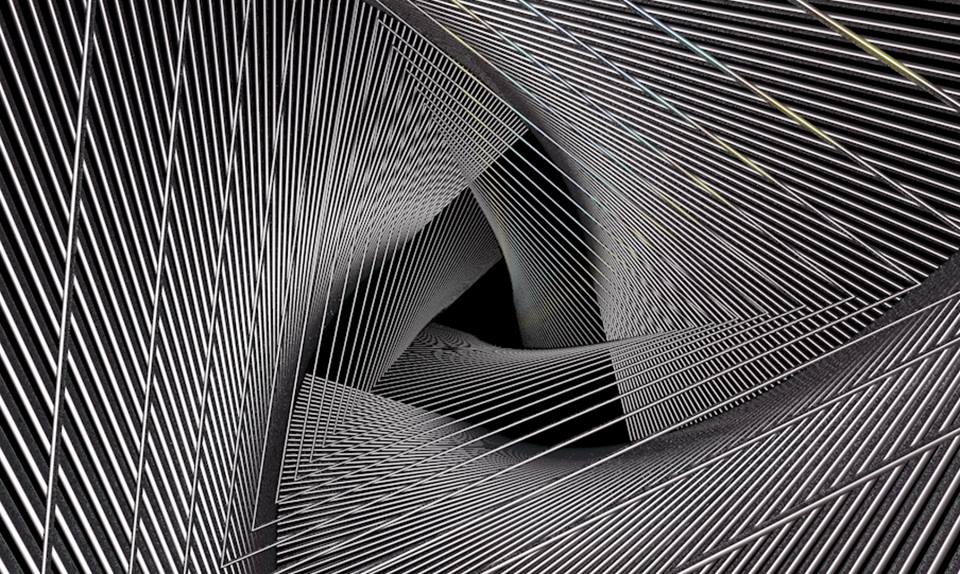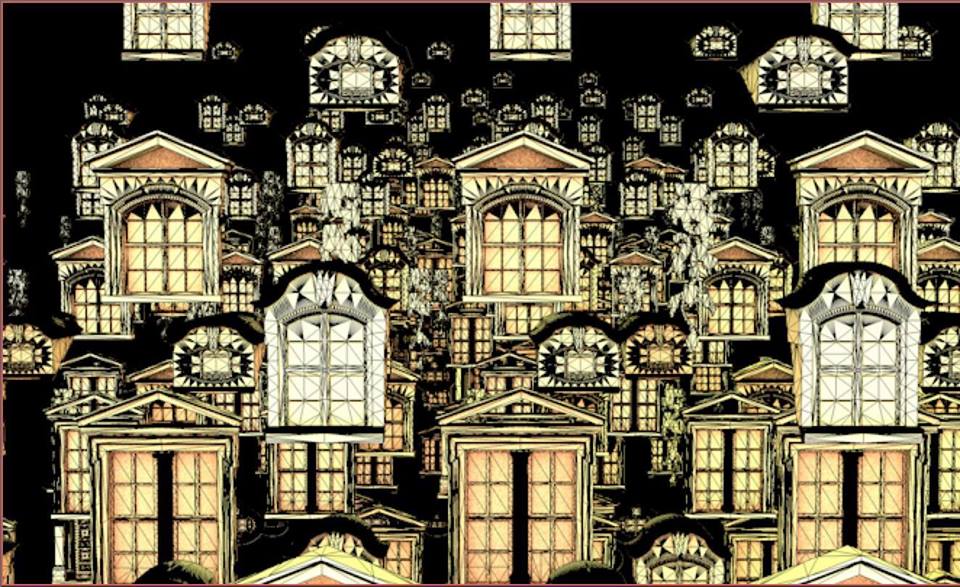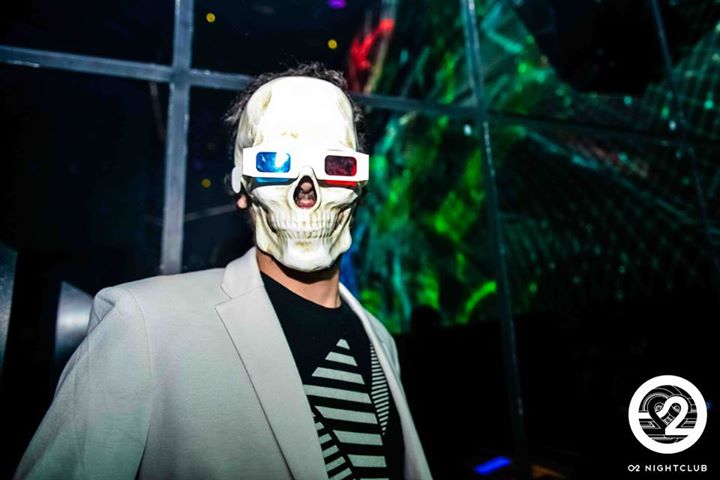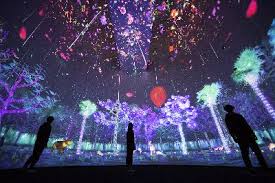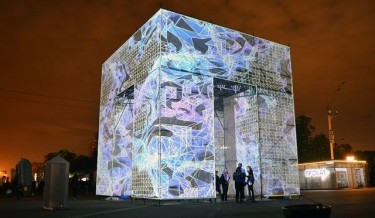Related post
MPC NY Brings On The Storm for New Balance
Aug 14, 2015
|
Comments Off on MPC NY Brings On The Storm for New Balance
3347
Panasonic Laser Projectors Illuminate Story of the Forest at National Museum of Singapore
Aug 10, 2017
|
Comments Off on Panasonic Laser Projectors Illuminate Story of the Forest at National Museum of Singapore
1856
Projection Mapped Cube Pulses with Digital Life
Jan 08, 2016
|
Comments Off on Projection Mapped Cube Pulses with Digital Life
2945

